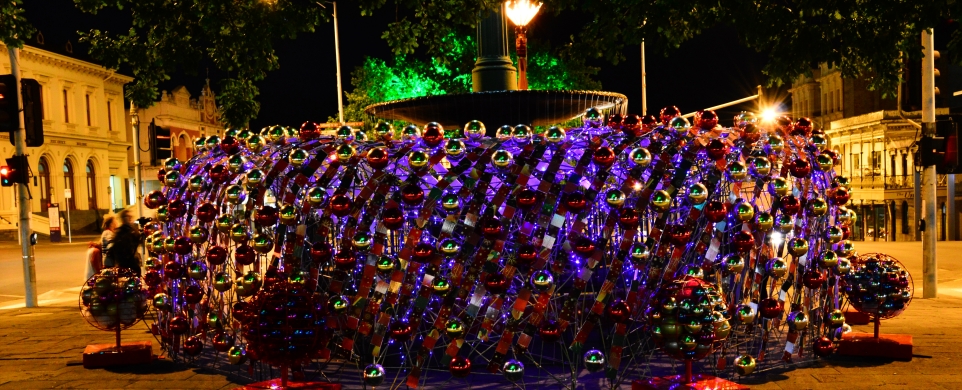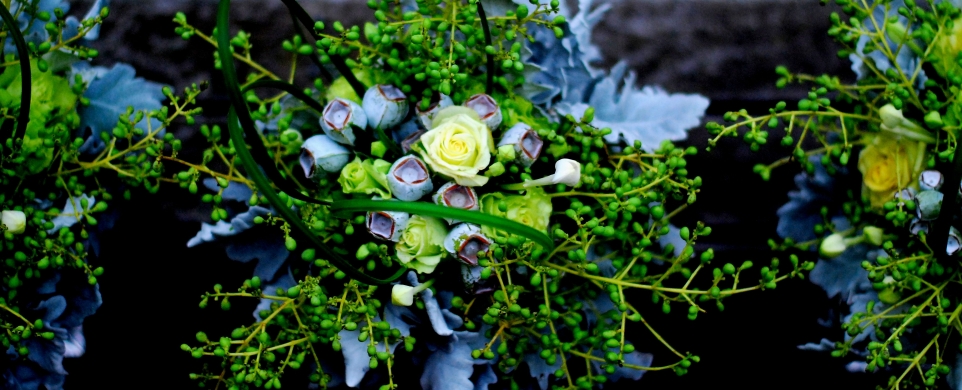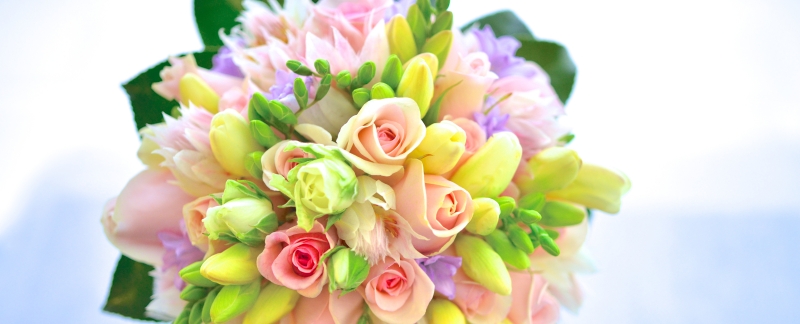I have been talking about the two Ikebana booms in Japanese history. The first one occurred in the late Edo period and its hit product was Seika, and the second one occurred in the Meiji & Taisho era and its hit product was Moribana. Both of them made Ikebana significantly easy to practice.
The third Ikebana boom occurred after the war. At the centre of the boom was Sofu Teshigahara (1900 – 1979), the founder of Sogetsu school. He criticised many aspects of traditional Ikebana, in particular the way Ikebana was taught. He insisted that Ikebana is art, an individual expression by each person and copying master’s works is not an artistic way of creating Ikebana. His approach was the application of Western modernism to Ikebana. Like many other examples of cultural transformation in Japan, his approach was to modify the new culture and preserve the old culture as you see fit. Although his approach was supported by a great number of people over the years, it has been criticised in many ways and I think an historical evaluation of his work will be made in the near future.
Actually, the Sogetsu school of Ikebana became more interesting for me after Hiroshi Teshigahara took over in 1980’s. However, I cannot talk about Hiroshi’s work here, because this series of essays has to end this month due to editorial circumstances at Dengon Net. I really appreciate the great support I have received from the publisher and editors of Dengon Net. I was so fortunate to be able to talk about anything I liked without worrying about readers’ feedback. Writing essays is really fun and an easy thing for me to do and I could keep writing much longer. But it may be a good idea to take a break here and look for a new direction. Thank you very much, staff and readers of Dengon Net. Thank you also Julie, my partner and Pat, my mother in law for checking my English essays for such a long time, over nearly ten years.
http://www.shoso.com.au
https://www.facebook.com/ikebanaaustralia



































